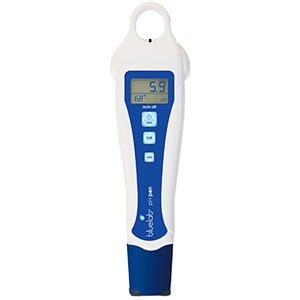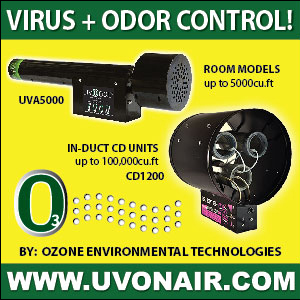Whether or not you are new to hydroponic growing, keeping your hydroponic system’s nutrient solution properly balanced and with an adequate nutrient concentration can be challenging. Regular testing of your solution is required if you want to keep your hydroponic system balanced and your plants healthy and growing. The best way to keep your nutrient solution balanced is through testing. You must check your solution’s pH level and nutrient concentration at least every few days. In order to test your solution you need a few basic pieces of equipment. You should get a reliable pH tester and either a Total Dissolved Solids (TDS) meter or an Electrical Conductivity (EC) meter.

It is generally agreed that the pH of your nutrient solution should be kept slightly acidic with a pH range of 5.5-6.0. There are exceptions to this generalization. If you are unsure what the best pH range is for the plants you are growing, there are numerous resources available to guide you. There are three basic methods for testing pH. The least expensive method is paper testing strips. These are easy to use but can be difficult to read. The most popular testing method is liquid test kits. This method is very accurate and easier to read than paper testing strips but it is also more expensive. A digital pH meter is the last available option. Digital pH meters come in various shapes, sizes, and price ranges. The advantage of a digital pH meter is that it will be very easy to use, fast, and accurate. However, they are the most expensive of the testing options, they can break easily, and they must be calibrated frequently if you want them to remain accurate.
Both EC meters and TDS meters are used to check the strength, or concentration, of your hydroponic nutrient solution. While it is important to know the concentration of your solution, remember that these measurements should be used as a guideline only. EC meters are always measured the same way. Two sensors are placed in the solution being tested and a small amount of electricity is emitted by one sensor and received by the other sensor. How well the electricity travels is then determined by the EC meter. The more electricity conducted, the higher the concentration of solids in the solution. A TDS meter uses the EC and then calculates the amount of solids in the solution based on one of three conversion factors. Since the TDS is based on a calculation, it is really only an estimate of solids in the nutrient solution.
With this basic understanding of the difference between TDS and EC meters you can decide which measurement process is best for you. When you use a commercially prepared nutrient solution, read the product label to find out which type of meter the manufacturer recommends. That is the meter to use. If the manufacturer recommends a TDS, they will also tell you which conversion factor to use and the recommended concentration range for their product. If you are using a homemade nutrient solution and a TDS meter, a good rule of thumb is to keep the TDS between 800 and 1200 ppm (parts per million). If you are using an EC meter to check your homemade nutrient solution, a good range is 1.0 to 3.0 mS/cm (milisiemens per centimeter).
Related Articles & Free Email Newsletter
Choosing the Best Hydroponic System for Your Greenhouse
The Essential Elements of Hydroponic Nutrients



Comment here